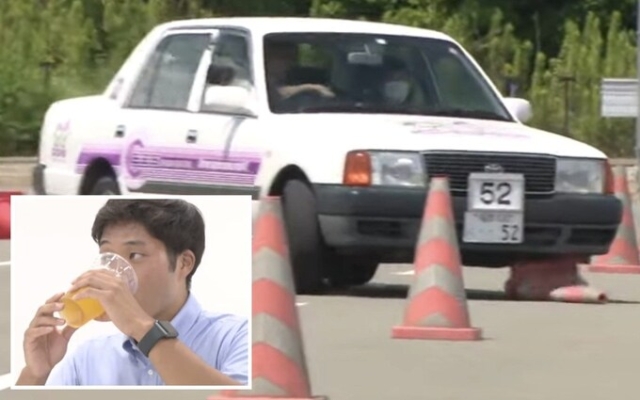 The reporter was asked to try a few drinks before driving. Photo: RKB NEWS
The reporter was asked to try a few drinks before driving. Photo: RKB NEWS
Japanese driving school treats motorists with alcohol before sending them on the road to highlight the dangers of driving under the influence of alcohol.
Chikushino Driving School worked with local police in Fukuoka Prefecture to implement a new scheme.
p>
This requires drivers. pass a series of driving tests while sober and then a second time — under supervision — after drinking enough alcohol to be well over the legal limit.
In the UK, the consumption limit for drivers is 35 micrograms of alcohol per 100 milliliters exhaled air, while in Japan the limit is more stringent 15 milligrams per 100 milliliters.
Japanese Drunk Driving School
The project was originally aimed at local residents, but has now attracted wider attention, including from the regional media.
Yuichiro Kodama, reporter for Fukuoka Broadcasting Corporation, passed the tests on the school's private track before having a drink, smoothly negotiating tight turns, 90-degree turns on a narrow road, and slalom between colored cones.
After a 90-minute break, during which he drank a can of beer and five shots of whiskey and soda, his performance deteriorated noticeably.
He crushed the cone, drove into the poles marking the edge of the track. road, trying to go around a sharp curve, and then swerved off the road again, trying to get out. At one point on the track, he seemed to be close to falling asleep.
«My hands are cold»
Hyelim Ha, a reporter for the Mainichi newspaper, encountered similar problems while trying to take a course under Shojiro's supervision Kubota, the vice principal of the school.
After a can of beer, a glass of plum liquor and a shot of shochu, a traditional liquor—all in an hour—Ms. Ha had doubled the legal limit.
“My hands are cold and my heart is beating fast,” she said. she. , but added that she felt able to drive.
However, this confidence was misplaced, as a colleague in the car reported that Ms. Ha repeatedly accelerated and slowed down on a straight stretch of road without any obstacles.< /p>
And although she successfully completed the slalom section of the track without any obstacles. As a result of the accident, Mr. Kubota was forced to intervene when Ms. Ha was approaching the S-curve.
«You were entering the corner at a higher speed than before you drank» — he said. «You also turned too far and the car ran into the oncoming lane.»
The demonstration also exposed one of the biggest problems associated with drunk driving, Mr. Kubota said.
“Even though this slows down the development of skills that people need to drive, such as cognitive ability, judgment and the ability to maneuver a vehicle, the driver assumes that he is driving safely – and this is the danger of drunk driving,” he said.
Tragedy at Hakata Bay
The campaign is part of Fukuoka Police's efforts to raise awareness about drunk driving. seven years after the accident that claimed the lives of three children.
Akio Ogami was driving his car across the Hakata Bay Bridge when he was rammed from behind by a car driven by Futoshi Imabayashi, then a 22-year-old working for the city government.
The car was thrown off the bridge and fell almost on 50 feet into the bay before it quickly sank.
Imabayashi was sentenced to 20 years in prison after being found guilty of killing three children — aged 1 and 3 and 4 — while driving drunk.
Fukuoka police told the Mainichi newspaper that they are seeing an increase in the number of people caught by police when they are well above the legal driving limit.
Often drunk drivers who have not yet been involved in an accident, often believe that they can avoid similar incidents or arrest in the future, police say.
Police statistics show that the likelihood of a fatal traffic accident is seven times higher when colliding with involvement of a drunk driver compared to a sober driver.





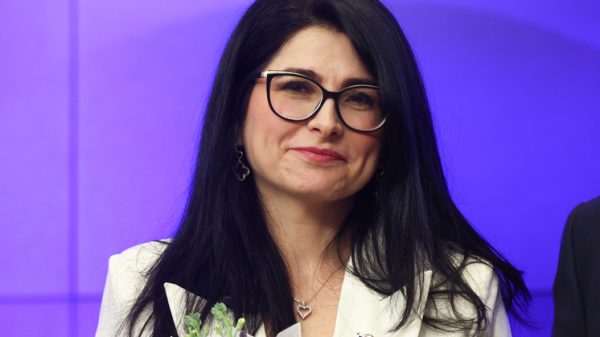



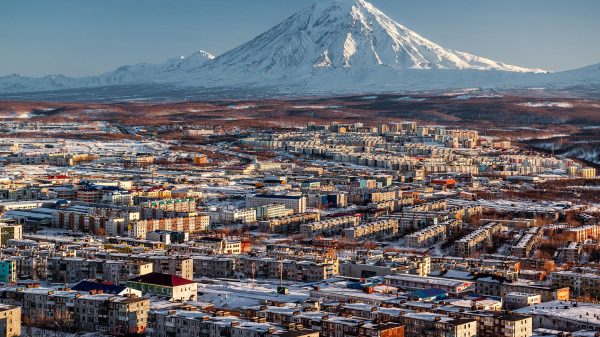

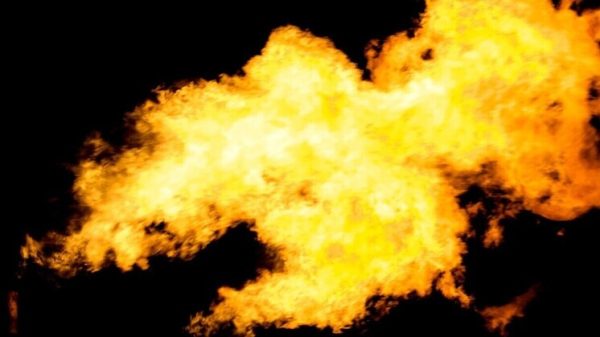
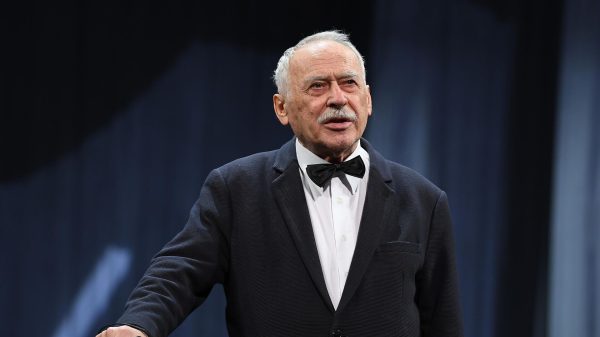
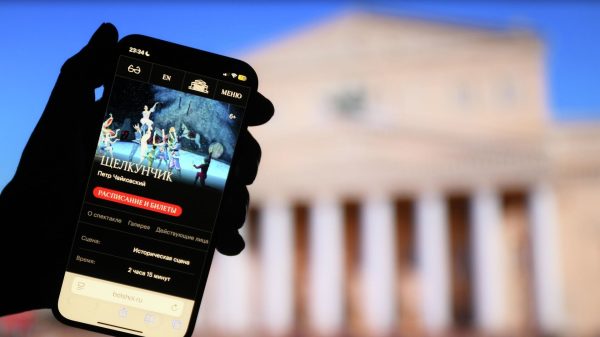

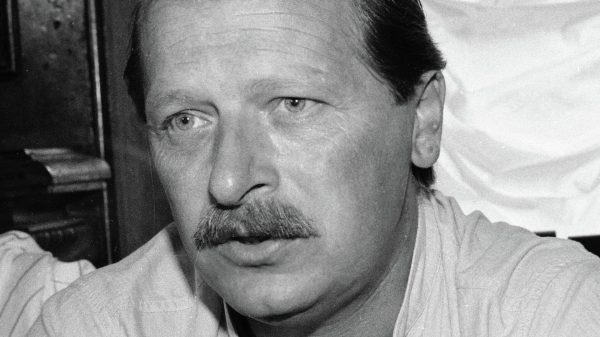
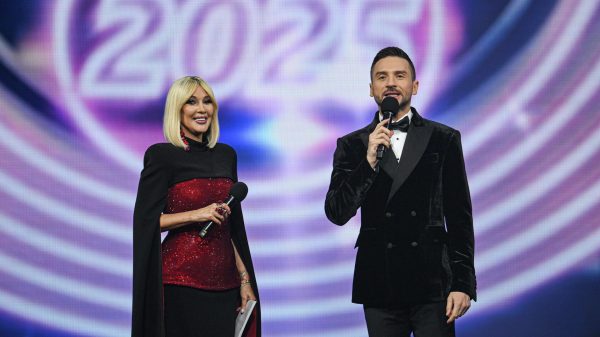
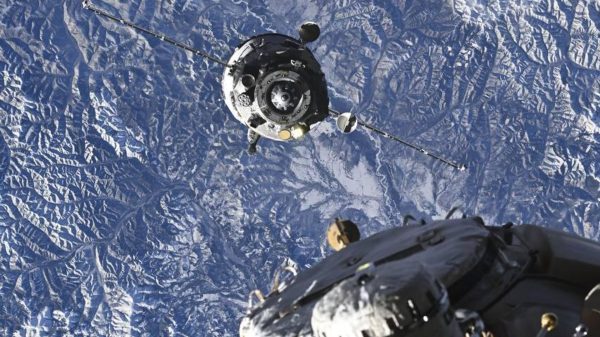

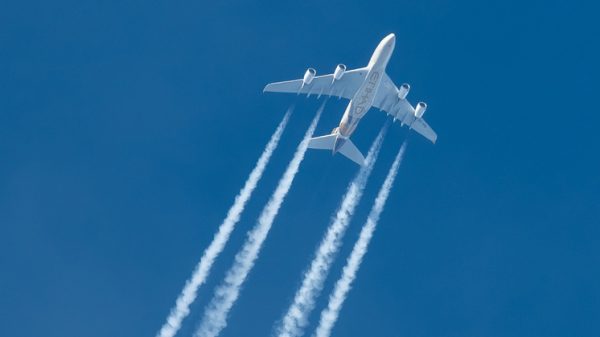
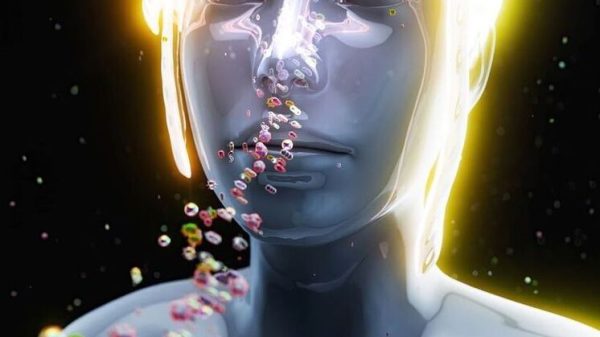
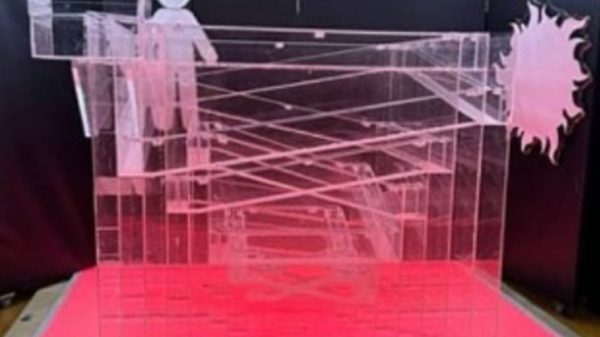





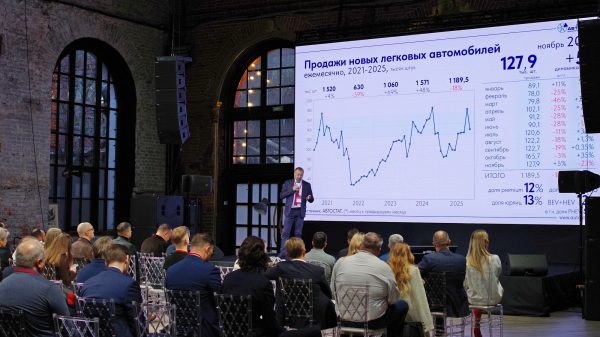








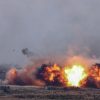













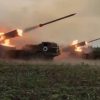


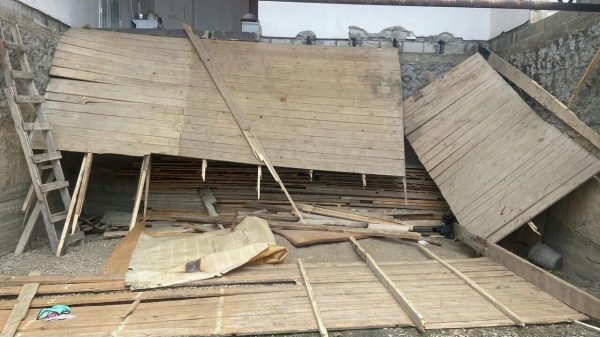
Свежие комментарии